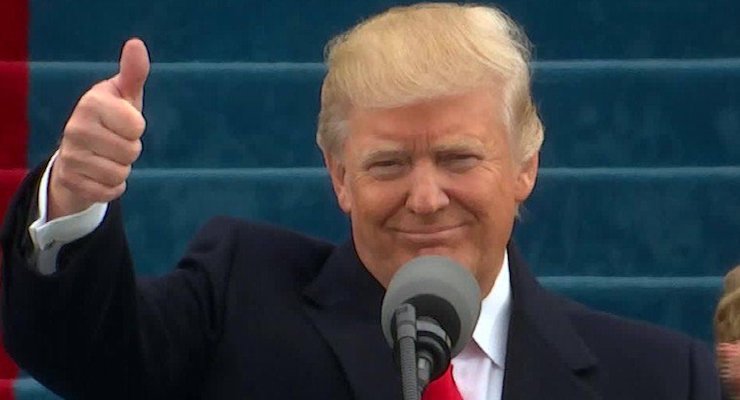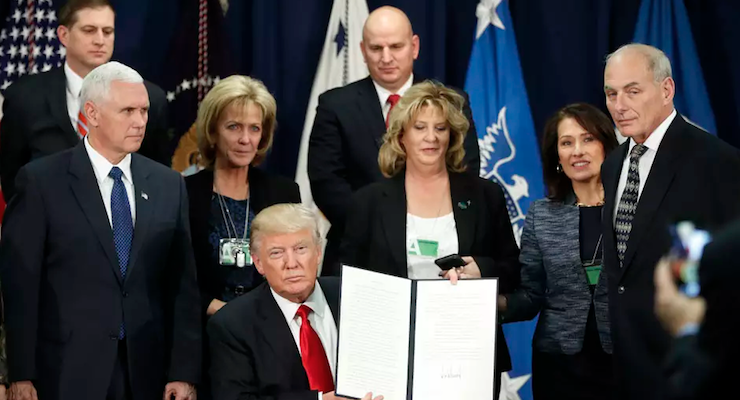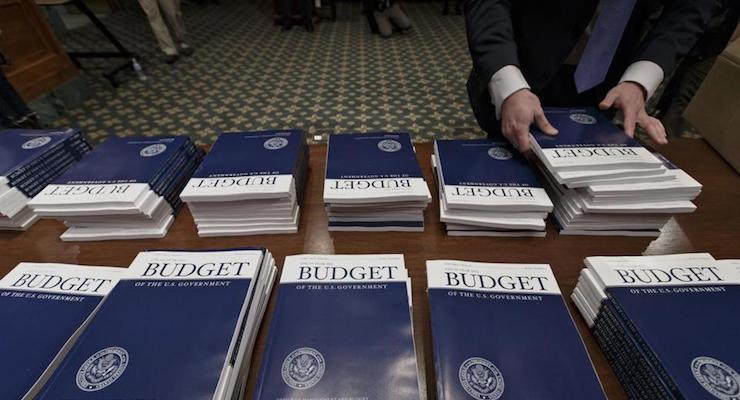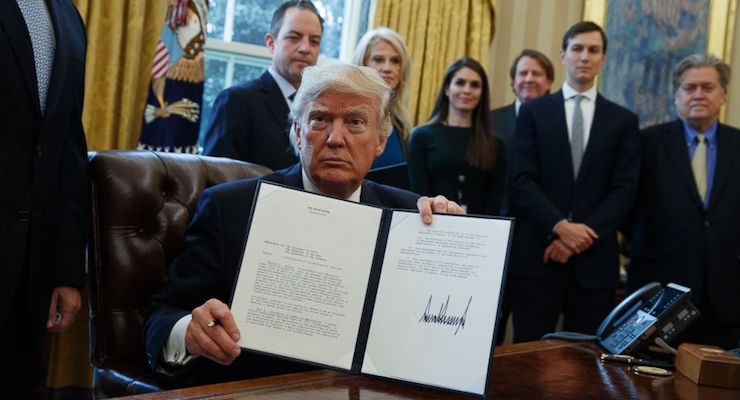Consumer Sentiment Continues Post-Election Surge in January

Conference Board Consumer Confidence Index. (Photo: Reuters)
The Survey of Consumers, a closely-watched gauge of consumer sentiment from the University of Michigan, continued its post-election rally in January. Coming in at 98.4, it’s up from the preliminary reading of 98.1 and consumers expressed the high level of confidence in 12 years.
Economists were looking for the reading to remain at 98.1.
“Consumers expressed a higher level of confidence January than any other time in the last dozen years,” said Survey of Consumers chief economist, Richard Curtain. “The post-election surge in confidence was driven by a more optimistic outlook for the economy and job growth during the year ahead as well as more favorable economic prospects over the next five years.”
Consumers also reported much more positive assessments of their current financial situation due to gains in both incomes and household wealth, though relative to the future are still lagging. Consumers anticipated the most positive outlook for their personal finances in more than a decade in January.
Final Results for January 2017
| Jan | Dec | Jan | M-M | Y-Y | |
| 2017 | 2016 | 2016 | Change | Change | |
| Index of Consumer Sentiment | 98.5 | 98.2 | 92.0 | +0.3% | +7.1% |
| Current Economic Conditions | 111.3 | 111.9 | 106.4 | -0.5% | +4.6% |
| Index of Consumer Expectations | 90.3 | 89.5 | 82.7 | +0.9% | +9.2% |
The Survey of Consumers, a closely-watched gauge











